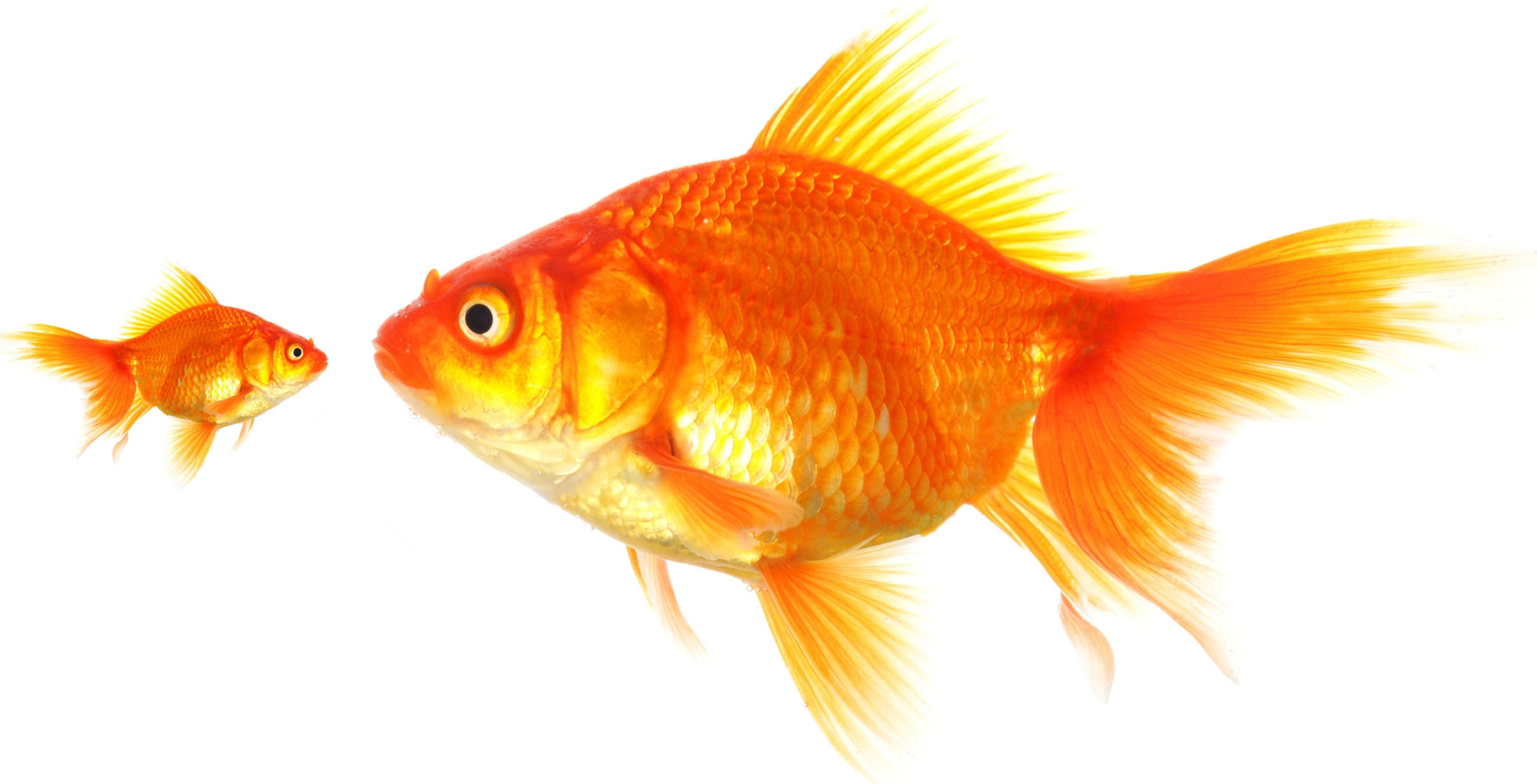Once released into the wild, goldfish form large populations and present risks to native species and habitat, including:
- competition with native species for habitat and resources
- increased turbidity, which reduces oxygen in the water and contributes to algae blooms, impacting food resources and killing aquatic wildlife
- Viruses and diseases contracted in aquariums can be passed to other fish if released into the wild

